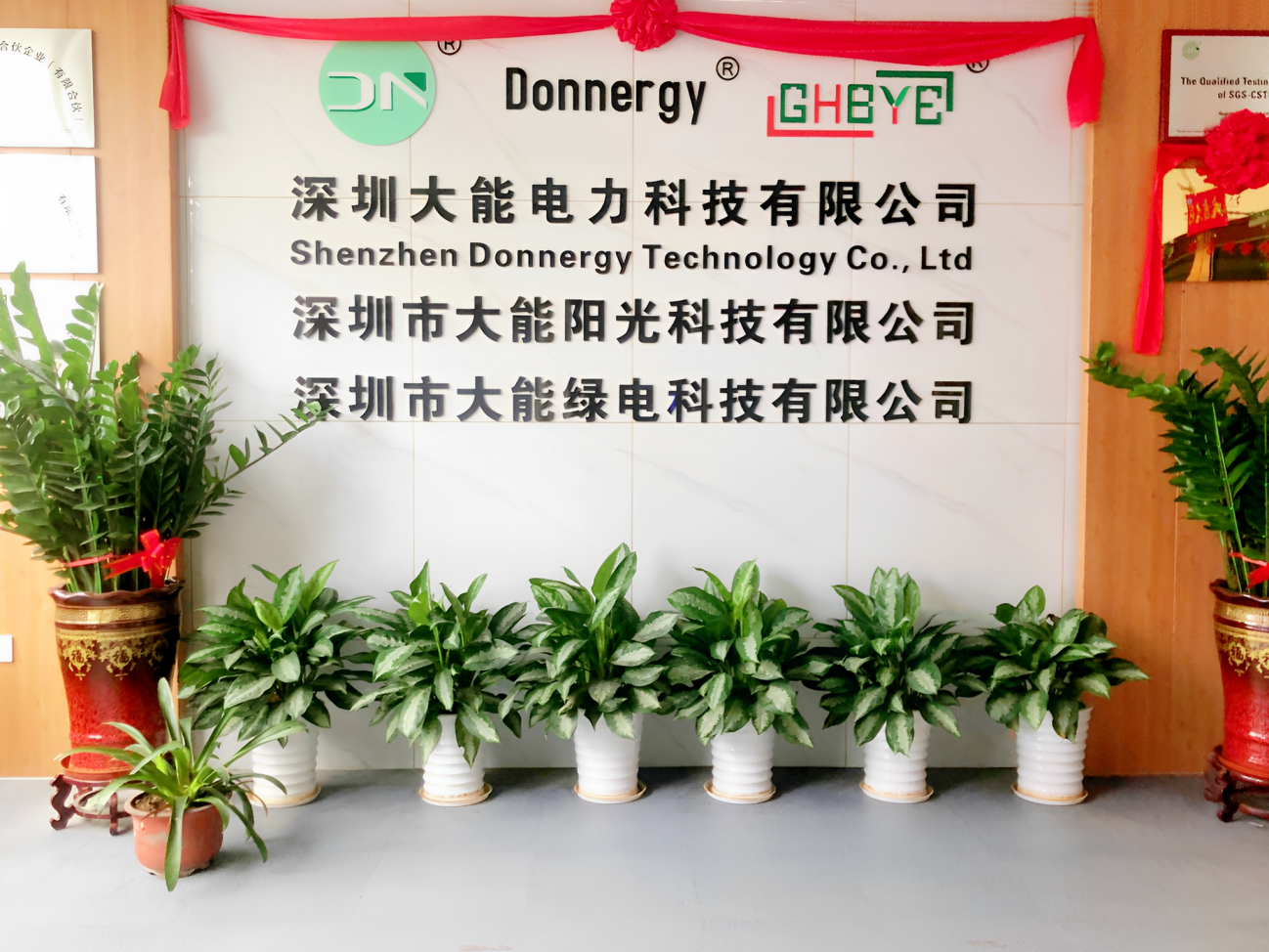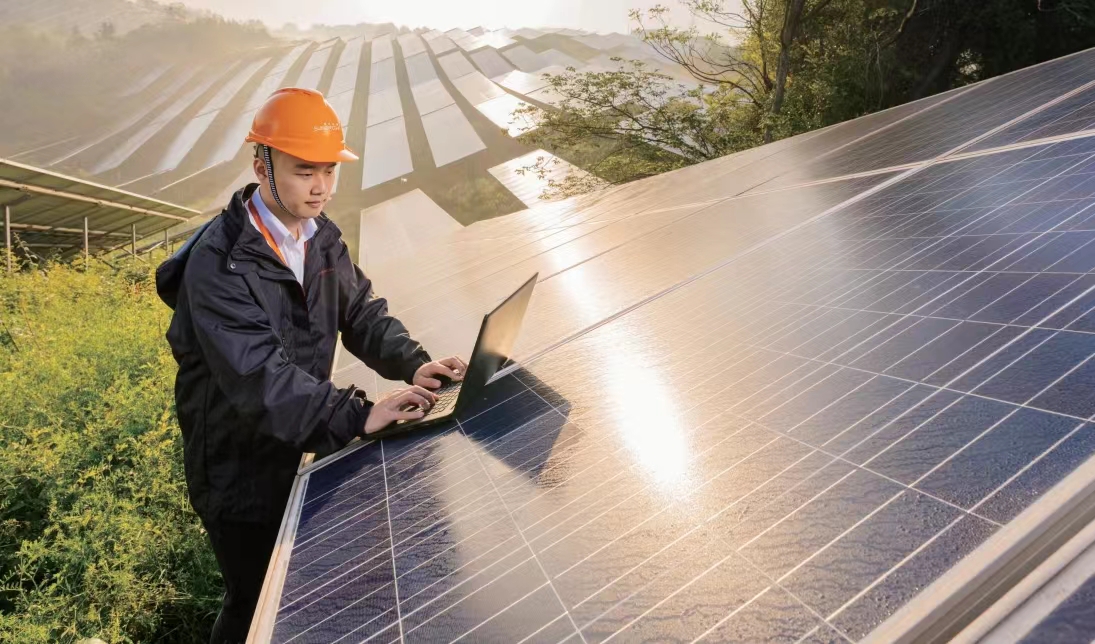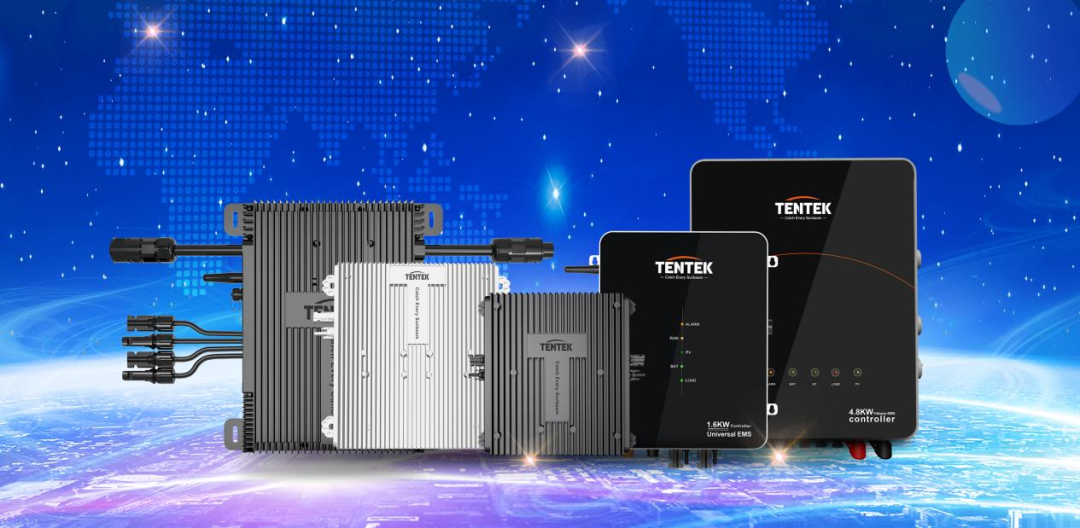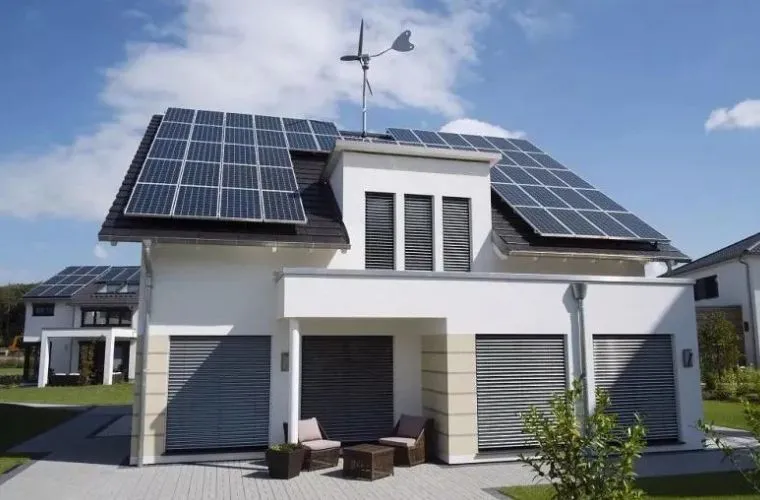Italy Energy Storage Market Analysis to 2024: Household Storage Goes Cold, Commercial and Industrial Storage Explodes Due to Long-Term Capacity Demand
Time: Mar 06, 2024Views:
Italy's energy storage market is mainly driven by favorable policies to further integrate renewable energy generation facilities in 2024.
On February 27, the Italian Council of Ministers approved the decree of the National Recovery and Rehabilitation Plan, which includes the introduction of the "EU Industry 5.0" program, which provides for an investment of 6.3 billion euros in digitalization and energy transformation. The €6.3 billion allocation comes on the heels of Italy's National Resilience and Recovery Plan, which says it will spend €59 billion between 2021 and 2026 to incentivize renewable energy.
At the same time last year, Chaodian organized a field trip to Europe for Chinese energy storage companies, and the images of ordinary Italian families heating their homes with firewood stacks over the winter are still fresh in our minds.
One year later, a senior executive of a leading Chinese inverter company that has successfully entered the Italian market told Tidal Power Intelligence that the local demand environment for energy storage will change dramatically in 2024. First, in 2024, Italy's industrial and commercial energy storage development potential; Second, with the Superbonus policy subsidy ratio is reduced, the Italian residents' purchasing power is more lack of, household storage installation volume in this year is not optimistic. Italy last year, the total installed capacity of household storage is about 250,000 sets, this year is expected to install up to more than 100,000 sets.

By the unique geographical location and light and other impacts, Italy's power consumption and renewable energy generation are ranked third in Europe. Relevant professional research organizations said that Italy will need to deploy about 94GWh of energy storage systems to integrate the huge renewable energy generation facilities.
Most of the business cases for energy storage systems in Italy are now centered around capacity markets and energy arbitrage, and more developers will enter the Italian energy storage market in 2024.
Household storage is highly influenced by policy subsidies and residents' purchasing power
In order to achieve the national recovery plan for the New Crown epidemic, Italy launched the Superbonus policy as a tax credit program in May 2020, allowing householders to deduct expenses including those related to the installation costs of residential solar power facilities and residential battery storage systems, with a subsidy of up to 110%. Stimulated by this, in 2021, Italy's installed household storage volume jumped 240%, jumping directly to Europe's second-largest household storage market. 2022, Italy's installed household storage is about 2GWh , second only to Germany's 2.2GWh.
The high subsidy is ultimately causing huge financial pressure on the Italian government. 2024, the subsidy amount of the Superbonus policy is reduced to 70%, and will be further reduced to 65% in 2025, in the form of personal tax credits returned annually, and completely ended at the end of 2025.

Meanwhile, residents of northern Italy, while having higher purchasing power than those in the south, are not wealthy overall. The decline in subsidies coupled with residents can hardly afford a set of household storage system close to 15-20,000 euros. Household storage installed capacity will decline this year.
Commercial and industrial energy storage revolves around long-duration capacity and energy arbitrage
The Italian energy storage market is transitioning to medium or longer discharge times (4-8 hours) as soon as possible, and the first energy storage projects to be deployed are lithium-ion battery storage systems.
On December 21 last year, the EU approved Italy's up to €17.7 billion energy storage plan, which is expected to add 9GW/71GWh of new long-duration energy storage by 2030.
Battery storage projects deployed in the south of Italy will focus on energy transfer, while the northern region is likely to focus more on grid services. Relevant research organization companies forecast that Italy will deploy 800-900MW of grid-scale battery energy storage systems in 2023-2024, which is second in size only to the UK.
So far, the Italian grid-scale market is small. There are still plenty of opportunities in the commercial and industrial capacity market, such as participating in local energy storage projects.

recommend
May 06, 2024
SUNGROW (300274.SZ) 2023 again when the photovoltaic industry merit. On April 23, SUNGROW released its annual performanc...
Hot








